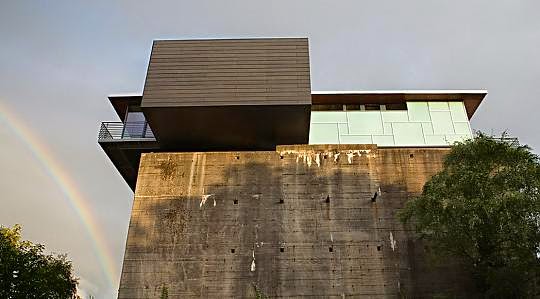At the time of his death in 1978 at the age of 72, Carlo Scarpa was at the height of his fame and influence. His buildings and projects were being studied by architects and students throughout the world, and his decorative style had become a model for architects wishing to revive craft and luscious materials in the contemporary manner. Yet Carlo Scarpa remains an enigmatic character in the history of modern architecture and design. His work does not submit easily to explanation and analysis, despite attempts by numerous architects and historians, nor is it particularly photogenic.
Carlo Scarpa was born in Venice on June 2, 1906, the son of an elementary school teacher. When he was 2 years old the family moved to Vicenza where Carlo Scarpa attended the Technical High School. In 1919, after the death of his mother, the Carlo Scarpa family returned to Venice, where Carlo attended the Royal Academy of Fine Arts. After receiving his diploma in 1926, Carlo Scarpa began teaching architectural drawing at the Academy. Carlo Scarpa never completed a full-scale architectural eduction and was never recognized as an architect (he was once accused, but was exonerated, of practicing architecture without a license).
During the late 1920s and 1930s Carlo Scarpa became acquainted with a number of influential intellectual figures in Italy and abroad. Massimo Bontempelli, Carlo Carra, and Arturi Martini became his friends. It was during this time that Carlo Scarpa also began a relationship with the Venini Glass Works in Venice, for whom Carlo Scarpa created many designs. He painted avidly during this period in a novecento style reminiscent of Mario Sironi and Carra. Also during the late 1920s, Carlo Scarpa began his career as an interior designer and industrial designer.















































































